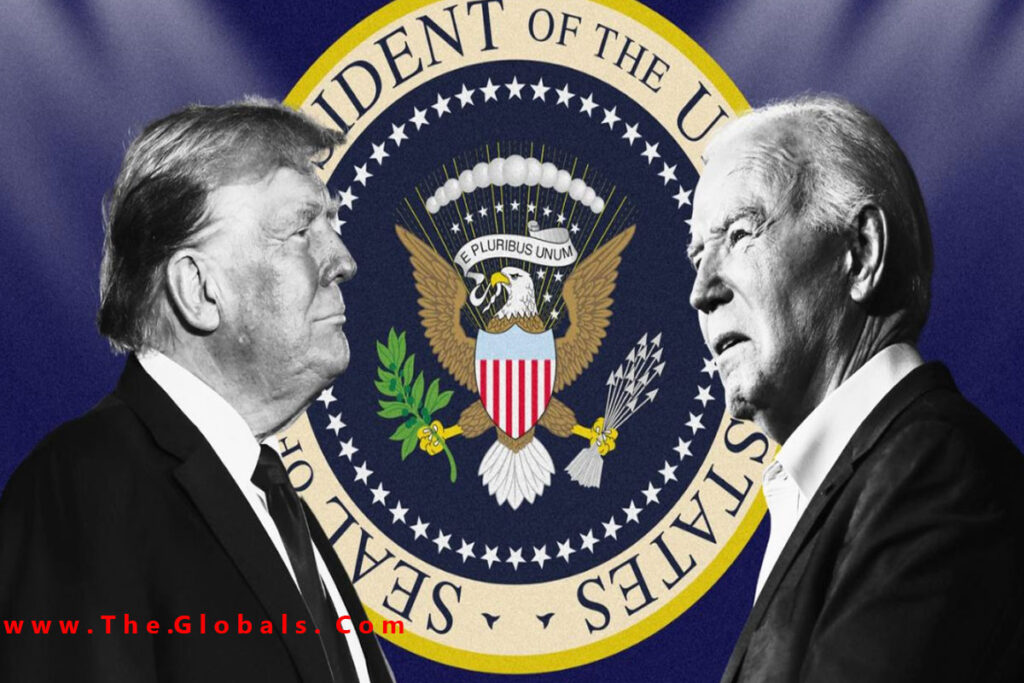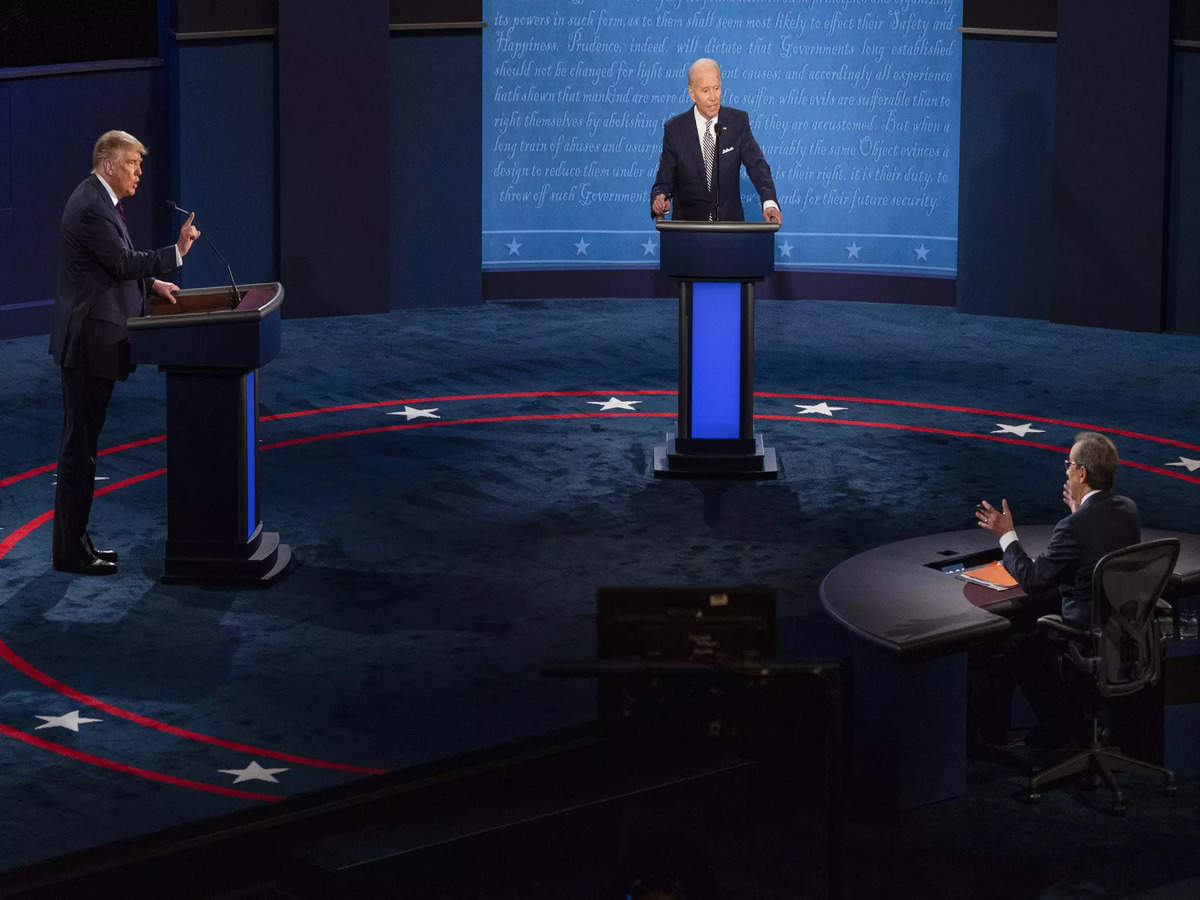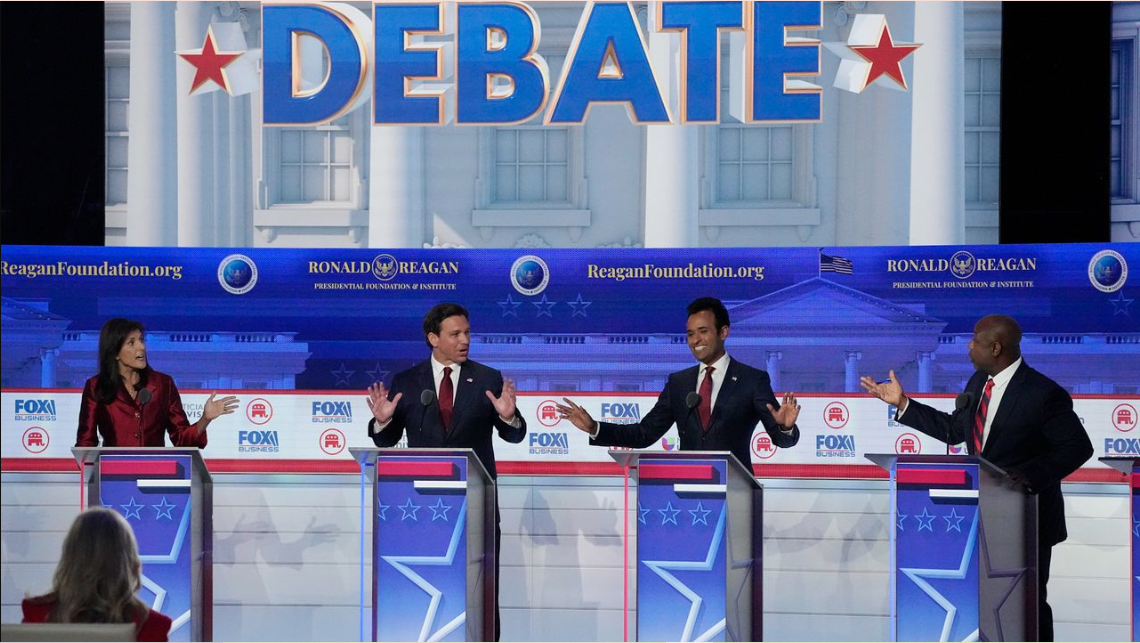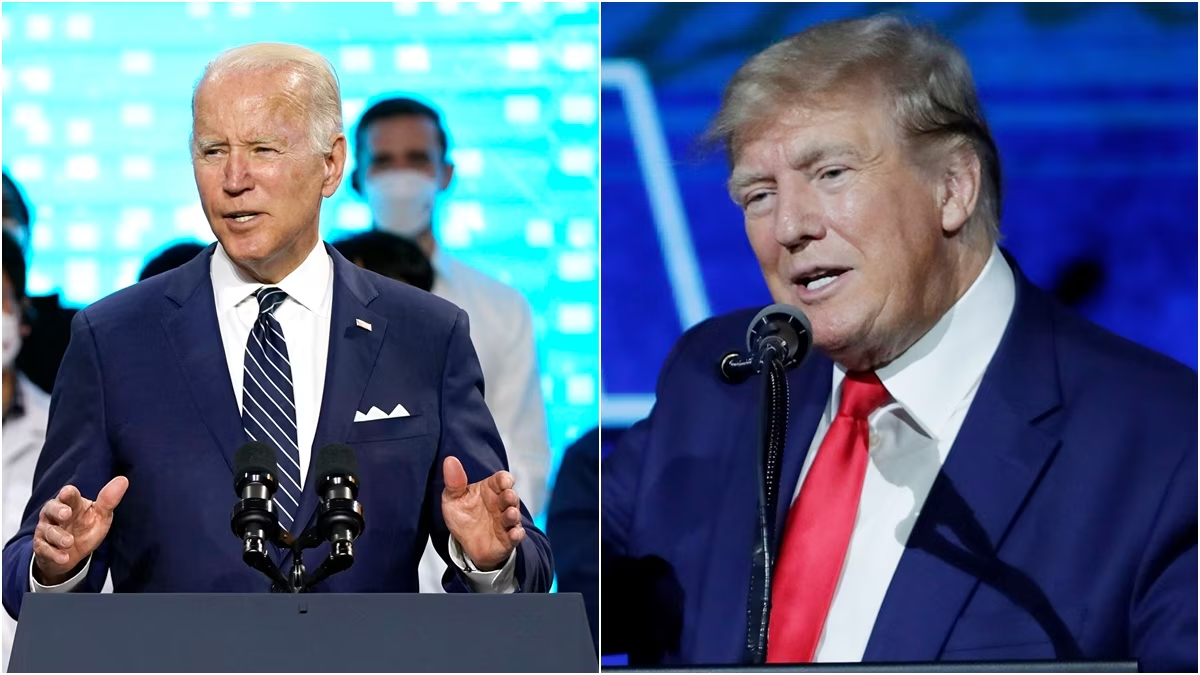Candidates Clash Over Economic Policies in Fiery Presidential Debate
In a riveting display of political theater, the recent presidential debate showcased a clash of economic ideologies that could reshape the nation’s future. With the incumbent President defending his administration’s record on economic growth and job creation, the challenger launched into a scathing critique, accusing the current policies of widening income inequality and favoring the wealthy.
The debate, held in a packed auditorium, saw both candidates presenting starkly contrasting visions for economic reform. The President, known for his deregulatory agenda and tax cuts, argued passionately that his policies had spurred unparalleled economic expansion, pointing to record-low unemployment rates and robust GDP growth. He emphasized the importance of business-friendly policies in sustaining this momentum and criticized his opponent’s proposals as overly burdensome on businesses.
In response, the challenger, a seasoned economist and former cabinet member, countered with a fervent defense of progressive taxation and increased government spending on social programs. He lambasted the current administration for neglecting the middle class, asserting that while corporate profits soared, wages stagnated for ordinary Americans. His proposals included higher taxes on the wealthy, incentives for green energy initiatives, and comprehensive healthcare reforms aimed at reducing out-of-pocket expenses for families.
The debate escalated into a heated exchange over healthcare, where the challenger accused the President of attempting to dismantle popular healthcare protections without a viable replacement. The President shot back, labeling his opponent’s plans as socialist and warning of economic collapse under such policies.
Audience reactions were mixed, reflecting deep divides among voters on economic priorities. While some praised the President’s pro-growth agenda for its apparent success in boosting the economy, others voiced concerns about its impact on income inequality and environmental sustainability. Conversely, supporters of the challenger applauded his commitment to fairness and social justice, viewing his proposals as necessary corrections to a system they deemed rigged in favor of the wealthy.
As the debate drew to a close, both candidates reiterated their commitment to improving the lives of all Americans, albeit through drastically different approaches. With the election looming, the outcome will not only determine the country’s economic direction but also shape its social fabric for years to come.
Healthcare and Social Issues Dominate Tense Presidential Debate
In a tense and highly anticipated presidential debate, healthcare and social issues emerged as the focal points of contention between the incumbent President and his challenger. The debate, held amidst a charged atmosphere, highlighted stark differences in policy approaches and ignited passionate exchanges between the candidates.
The President, defending his administration’s healthcare record, touted efforts to reduce healthcare costs through deregulation and increased competition among insurers. He emphasized the repeal of what he termed as burdensome mandates, arguing they stifled innovation and drove up premiums. Asserting that his reforms had expanded access to affordable healthcare options, he criticized his opponent’s proposals as a costly government overreach that would undermine patient choice.
In contrast, the challenger, a vocal advocate for universal healthcare, passionately argued for the expansion of public health insurance programs. Citing statistics on rising uninsured rates and healthcare disparities, he condemned the current administration for rolling back protections for pre-existing conditions and accused it of prioritizing corporate interests over the welfare of ordinary Americans. He proposed a comprehensive healthcare plan that included a public option to compete with private insurers and vowed to lower prescription drug prices through negotiation and importation.
Social issues also took center stage, with heated exchanges over racial justice, immigration policy, and LGBTQ+ rights. The challenger criticized the administration’s handling of systemic racism, citing incidents of police violence and disparities in access to education and employment. He pledged to implement police reforms and address institutional racism through legislative action and community engagement.
The President defended his record on immigration, highlighting efforts to secure borders and enforce immigration laws. He argued for stricter enforcement measures to curb illegal immigration and emphasized the need for comprehensive reforms that prioritize national security.
Throughout the debate, audience reactions reflected deep-seated divisions among voters, underscoring the high stakes of the upcoming election. As the candidates sparred over healthcare and social issues, they offered starkly contrasting visions for the country’s future, leaving voters to weigh competing priorities in deciding the nation’s path forward.
Presidential Hopefuls Spar on Climate Change in High-Stakes Debate
In a high-stakes presidential debate focused on climate change, the two contenders presented contrasting visions and policies aimed at addressing one of the most pressing global challenges of our time.
The incumbent President, known for his skepticism toward climate science, defended his administration’s record on environmental regulation, emphasizing a balanced approach that prioritizes economic growth alongside environmental stewardship. He highlighted efforts to roll back what he deemed as overly restrictive environmental regulations, arguing that such measures had stifled job creation and economic development. The President reiterated his commitment to American energy independence, promoting fossil fuel production as a means to achieve economic prosperity while downplaying concerns over its environmental impact.
In stark contrast, the challenger, a vocal advocate for aggressive climate action, lambasted the President’s environmental policies as reckless and short-sighted. He criticized the administration for withdrawing from international climate agreements and rolling back emissions standards, accusing it of endangering future generations by ignoring the urgency of climate change. The challenger pledged to rejoin global efforts to combat climate change, committing to ambitious targets for carbon neutrality and renewable energy adoption. He proposed significant investments in green technologies, job training programs in the renewable sector, and incentives for businesses to reduce their carbon footprint.
The debate intensified as the candidates clashed over the scientific consensus on climate change, with the challenger citing overwhelming evidence of human-caused global warming and its catastrophic consequences. He called for bold leadership to confront the climate crisis, framing it as an existential threat requiring immediate and decisive action.
Audience reactions varied widely, reflecting deep divisions among voters on the role of government in addressing environmental issues. Supporters of the President applauded his emphasis on economic growth and energy independence, while critics expressed concerns about his environmental policies’ long-term implications. Meanwhile, the challenger’s supporters praised his commitment to climate action and sustainability, viewing his proposals as essential steps toward a cleaner and more secure future.
As the debate concluded, both candidates underscored the importance of their respective approaches in shaping the nation’s environmental policies and international standing. With the election looming, voters face a critical decision that could significantly impact the trajectory of U.S. climate policy and its role in global efforts to combat climate change.
Foreign Policy Takes Center Stage in Presidential Debate Showdown
In a pivotal presidential debate, foreign policy emerged as a central theme, showcasing starkly different approaches and priorities between the incumbent President and his challenger.
The President, leveraging his record on international relations, emphasized a stance rooted in American sovereignty and strategic alliances. He defended his administration’s policies of renegotiating trade agreements to prioritize American interests, asserting that such measures had bolstered domestic industries and created jobs. Highlighting efforts to strengthen military capabilities and deterrence strategies, he underscored his commitment to maintaining U.S. global leadership while advocating for a more restrained approach to military interventions abroad.
Conversely, the challenger criticized the President’s foreign policy as erratic and detrimental to America’s standing on the world stage. He accused the administration of undermining alliances and multilateral agreements crucial for global stability, citing instances of diplomatic tensions and trade disputes that, according to him, had damaged international cooperation. The challenger advocated for a return to diplomatic engagement and international cooperation, pledging to restore America’s role as a global leader in promoting democracy, human rights, and climate action.
The debate intensified over issues such as nuclear proliferation, cybersecurity threats, and the handling of geopolitical hotspots. The President defended his administration’s efforts to negotiate denuclearization agreements and strengthen cybersecurity measures, portraying these as essential safeguards for national security. In contrast, the challenger criticized what he perceived as the administration’s failure to address emerging global threats effectively, calling for a more nuanced and diplomatic approach to international crises.
Audience reactions mirrored the polarized state of American politics, with supporters applauding the President’s emphasis on sovereignty and economic nationalism, while critics expressed concerns about the erosion of diplomatic norms and international cooperation. Conversely, the challenger’s supporters praised his commitment to restoring alliances and promoting global stability through diplomacy and collaborative efforts.
As the debate concluded, both candidates reiterated their visions for America’s role in the world, underscoring the high stakes of the upcoming election in shaping U.S. foreign policy and its implications for global security and prosperity.
Candidates Draw Sharp Contrasts on Immigration in Final Presidential Debate
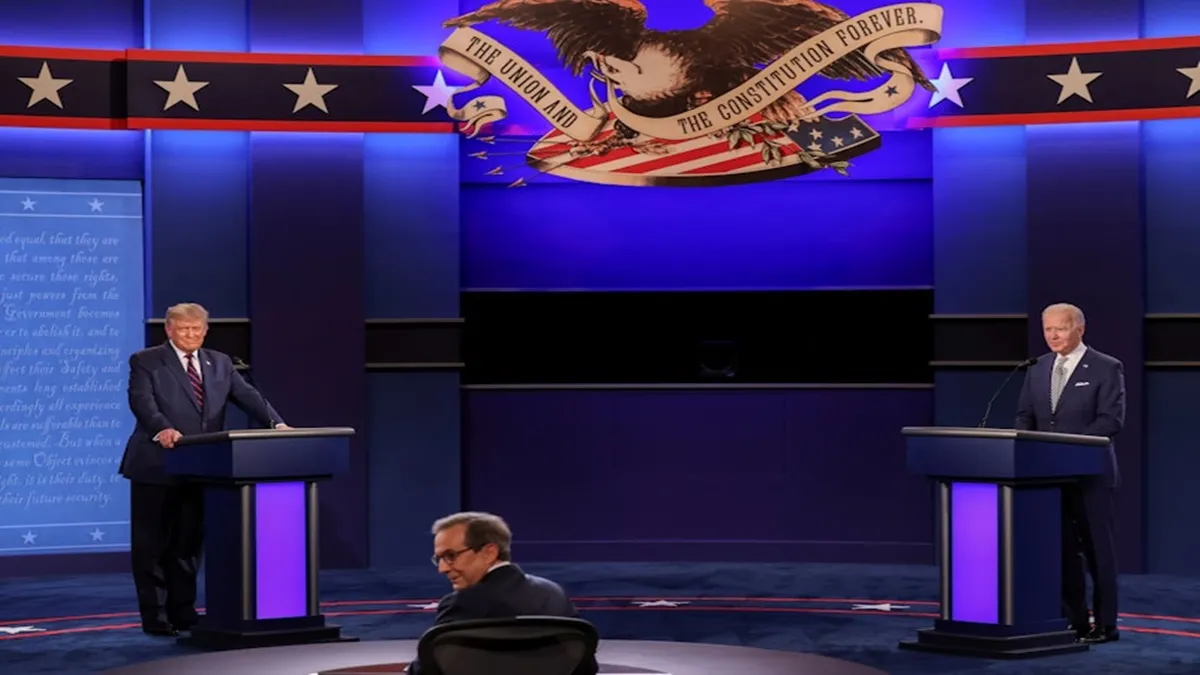
In the final presidential debate, immigration emerged as a contentious issue, highlighting sharp contrasts between the incumbent President and his challenger on policies and approaches to one of the nation’s most polarizing topics.
The President defended his administration’s immigration policies, emphasizing border security and enforcement measures aimed at curbing illegal immigration. He touted efforts to build a border wall, describing it as a critical deterrent to unauthorized crossings and arguing that stricter enforcement was necessary to safeguard national security and economic interests. The President accused his opponent of advocating for open borders and criticized what he termed as “amnesty” policies that, according to him, incentivized illegal immigration.
In stark contrast, the challenger condemned the administration’s immigration policies as cruel and ineffective, particularly its handling of family separations and asylum restrictions. He pledged to reverse these measures and proposed comprehensive immigration reform that included a pathway to citizenship for undocumented immigrants already residing in the United States. The challenger emphasized the contributions of immigrants to American society and economy, calling for compassionate and fair treatment at the border while enhancing border security through modern technology and resources.
The debate intensified over issues such as DACA (Deferred Action for Childhood Arrivals) and refugee admissions, with the President defending his administration’s efforts to rescind DACA while offering a pathway for legislative solutions. The challenger criticized the uncertainty faced by DACA recipients and vowed to reinstate protections through executive action if necessary, promising a more humane approach to immigration policy.
Audience reactions reflected deep-seated divisions among voters, with supporters of the President applauding his tough stance on immigration enforcement and border security. Conversely, the challenger’s supporters praised his commitment to compassion and inclusivity, viewing his proposals as essential for upholding America’s values and immigrant heritage.
As the debate concluded, both candidates underscored the importance of securing the nation’s borders while addressing the complex realities of immigration. With the election looming, voters face a critical decision that will profoundly impact the future direction of U.S. immigration policy and its implications for national unity and humanitarian values.
Technology and Privacy Rights Highlighted in Presidential Debate
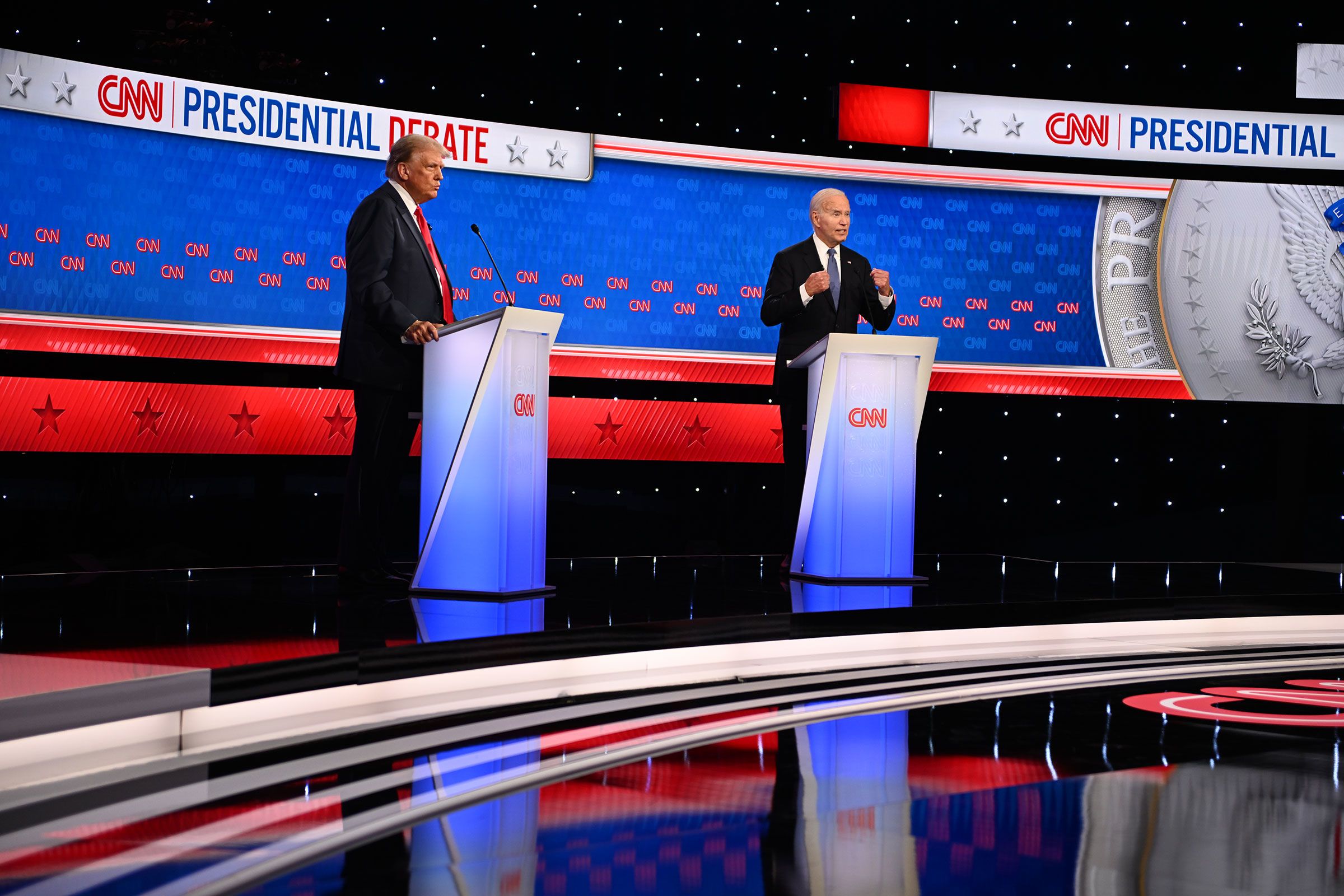
In a consequential presidential debate, technology and privacy rights emerged as pivotal issues, showcasing divergent views between the incumbent President and his challenger on how to navigate the digital age while safeguarding individual liberties.
The President defended his administration’s approach to technology regulation, emphasizing policies aimed at promoting innovation and economic growth. He touted deregulatory measures that he argued had empowered tech companies to thrive, leading to job creation and technological advancements. The President highlighted partnerships with industry leaders to enhance cybersecurity measures, framing these collaborations as crucial for protecting national interests in an increasingly digital world. However, he faced criticism for alleged overreach in surveillance and data collection practices, which opponents argued compromised privacy rights.
Conversely, the challenger criticized the administration’s handling of tech regulation, accusing it of prioritizing corporate interests over consumer protection and privacy rights. He advocated for stricter oversight of tech giants to curb monopolistic practices and ensure fair competition. The challenger emphasized the need for comprehensive privacy legislation to safeguard personal data from exploitation and unauthorized use, promising to empower regulatory agencies to hold companies accountable for breaches and abuses.
The debate intensified over issues such as encryption, online censorship, and the role of social media in shaping public discourse. The President defended his administration’s efforts to combat online extremism and misinformation, arguing for targeted interventions while preserving free speech. In contrast, the challenger expressed concerns about the spread of misinformation and foreign interference online, calling for measures to promote transparency and accountability among tech platforms.
Audience reactions reflected a blend of support and skepticism, with proponents of the President’s approach applauding his emphasis on innovation and economic benefits, while critics voiced concerns about privacy violations and regulatory gaps. Conversely, the challenger’s supporters praised his commitment to consumer protection and privacy rights, viewing his proposals as essential for restoring trust in technology and promoting digital equity.
As the debate concluded, both candidates underscored the critical role of technology in shaping future policies and addressing societal challenges, emphasizing the need for balanced approaches that foster innovation while upholding fundamental rights and values. With the election approaching, voters face a pivotal decision that will influence the trajectory of U.S. technology policy and its impact on individual freedoms and digital rights.
Education Reform and Student Debt in Focus During Presidential Debate
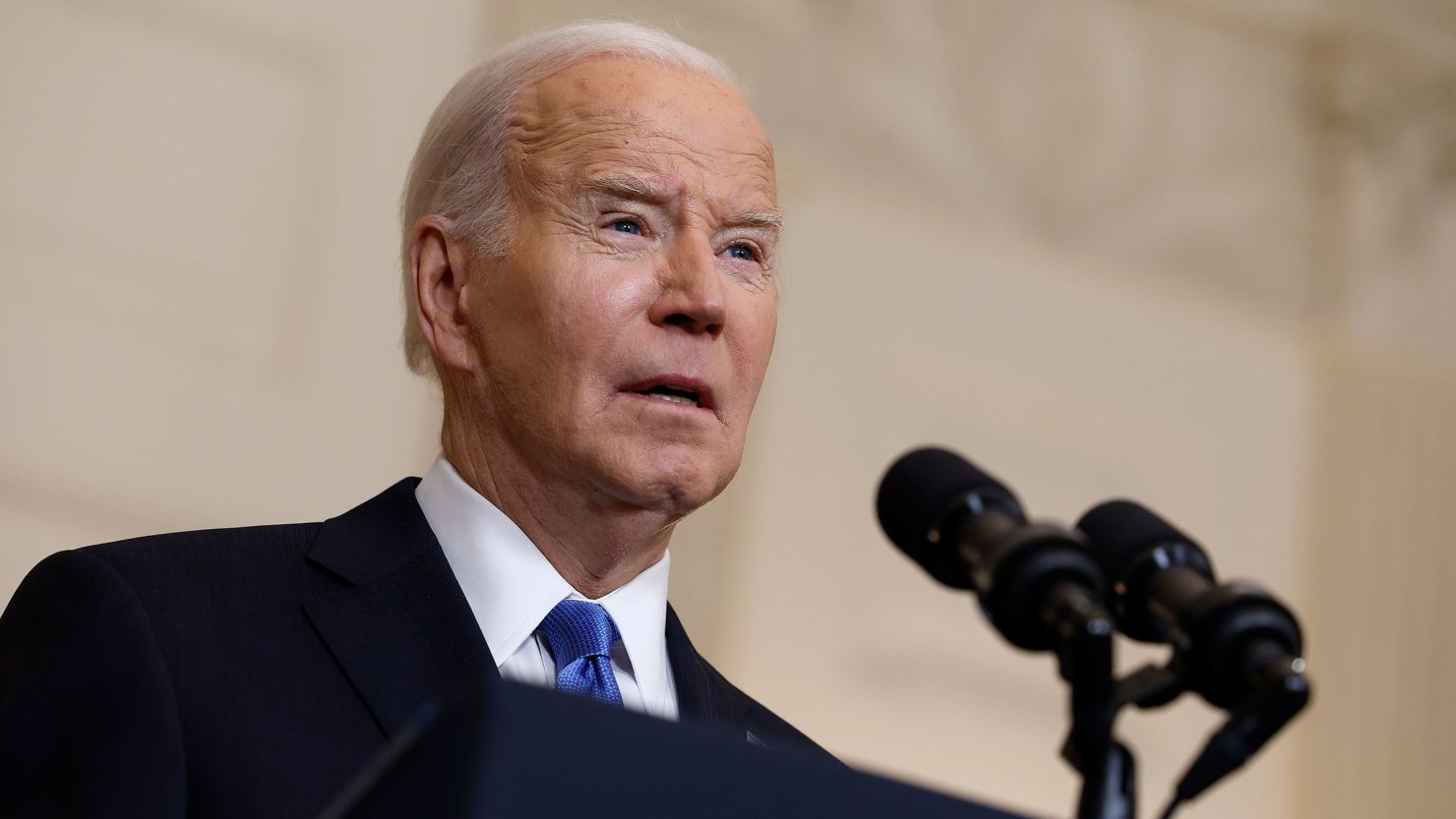
In a pivotal presidential debate, education reform and student debt emerged as central issues, drawing sharp contrasts between the incumbent President and his challenger on how to address the challenges facing American students and graduates.
The President defended his administration’s record on education, highlighting efforts to expand school choice through voucher programs and charter school initiatives. He emphasized the importance of local control in education policy, arguing for increased flexibility in curriculum development and teacher accountability measures. The President touted investments in vocational and technical education as pathways to equip students with skills aligned with workforce demands, aiming to reduce unemployment rates among recent graduates.
Conversely, the challenger criticized the administration for failing to address systemic inequalities in education, citing disparities in funding between wealthy and disadvantaged school districts. He advocated for increased federal investment in public education, proposing initiatives to raise teacher salaries, modernize school infrastructure, and expand access to early childhood education. The challenger also pledged to tackle student debt by offering tuition-free community college and reducing interest rates on federal student loans, aiming to alleviate financial burdens on students and families.
The debate intensified over issues such as student loan forgiveness and the role of for-profit colleges in higher education. The President defended his administration’s policies on student loans, arguing for a balanced approach to debt relief while encouraging personal responsibility in loan repayment. In contrast, the challenger called for broader forgiveness programs and stricter regulations on predatory lending practices, arguing that student debt should not hinder economic mobility or inhibit career choices.
Audience reactions reflected divergent views on the role of government in education and student welfare, with supporters of the President applauding his emphasis on choice and accountability, while critics voiced concerns about equity and affordability. Conversely, the challenger’s supporters praised his commitment to expanding access and reducing financial barriers to education, viewing his proposals as crucial for promoting social mobility and economic equity.
As the debate concluded, both candidates underscored the importance of education as a cornerstone of economic prosperity and societal advancement, emphasizing the need for policies that empower students and prepare them for success in a competitive global economy. With the election approaching, voters face a critical decision that will shape the future of U.S. education policy and its impact on generations to come.
FAQs
What is a presidential debate?
A presidential debate is a live, televised event where candidates running for the office of President of the United States discuss and debate various issues, policies, and their visions for the country’s future. These debates are crucial in helping voters make informed decisions.
How many presidential debates are there?
Typically, there are three presidential debates scheduled during the general election campaign. Additionally, there may be one vice-presidential debate between the running mates of the presidential candidates.
Who organizes the presidential debates?
The presidential debates are organized by the Commission on Presidential Debates (CPD), a non-profit organization established in 1987. The CPD sets the rules, formats, and locations for the debates.
What are the formats of presidential debates?
Presidential debates can vary in format, but they often include segments where candidates answer questions from moderators and engage in direct exchanges with each other. Formats may also include town hall meetings where candidates interact with voters directly.
What topics are covered in presidential debates?
Presidential debates cover a wide range of topics, including but not limited to: the economy, healthcare, immigration, national security, foreign policy, climate change, education, and social issues such as race relations and criminal justice.


